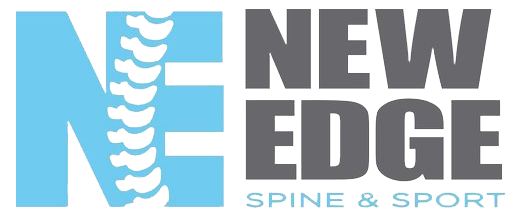Osteoarthritis: It’s Not as Bad as It Sounds
Let’s be honest — the word “arthritis” can sound a little scary.
For a lot of people, it brings up images of stiff joints, constant pain, and a future of slowing down.
But here’s the truth: having osteoarthritis (OA) or “degenerative joint disease” doesn’t mean your body is falling apart.
In fact, many people who have arthritis on X-rays or MRIs have zero pain at all.
What Osteoarthritis Really Means
Osteoarthritis is a natural process that happens as we age — it’s basically your body showing signs of normal wear and tear.
The cartilage in your joints can thin slightly over time, the bone may adapt to that change, and your body might form a little extra bone called osteophytes (bone spurs).
It sounds bad on paper, but these changes are often like wrinkles or gray hairs — a normal part of getting older, not a sign of something “broken.”
Studies show that many adults over 40 have signs of arthritis on imaging…
but only a fraction of them actually experience pain or stiffness.
That means OA is often an incidental finding, not a major diagnosis.
Why Pain Doesn’t Always Match the Picture
Here’s something most people don’t realize:
Imaging (like X-rays or MRIs) doesn’t always tell the full story.
Two people could have identical “arthritic” knees on a scan — one might be in constant pain, while the other runs 5 miles a day with no issue.
That’s because pain isn’t just about structure — it’s about function.
When joints lose mobility, surrounding muscles tighten, and movement becomes inefficient, pain can appear even if the joint changes aren’t severe.
So rather than focusing on what the X-ray says, the real question is:
👉 How is your body actually moving and functioning?
The Good News: You Can Still Move — and Feel Great
Having OA doesn’t mean you’re stuck with pain forever.
In fact, movement is one of the best things you can do to reduce stiffness, build strength, and protect your joints long-term.
Here’s what works:
Chiropractic adjustments help restore normal joint motion and alignment.
Soft tissue therapy releases tension in the muscles around arthritic joints.
Rehab exercises strengthen the muscles that support your joints, reducing pressure and improving function.
Consistent movement (like walking, resistance training, or swimming) helps circulate nutrients to the joint cartilage — keeping it healthy.
When you move better, you feel better — regardless of what your imaging report says.
The Bottom Line
Osteoarthritis is common, natural, and often pain-free.
Just because your X-ray says “degenerative changes” doesn’t mean you’re doomed to live with pain or need surgery.
Think of OA as a reminder — not a restriction.
It’s your body telling you to move smarter, strengthen what supports your joints, and keep doing the things you love.
At New Edge Spine & Sport, we help people just like you stay active, mobile, and confident — even with arthritis.
Because your diagnosis doesn’t define you… your movement does.
Ready to Move Better?
If you’ve been told you have arthritis and you’re not sure what to do next, let’s talk.
We’ll help you understand what’s really going on — and create a plan that keeps you strong, active, and pain-free.
📞 412-386-8285
📍 321 Regis Ave Ste 1, Pittsburgh, PA 15236
